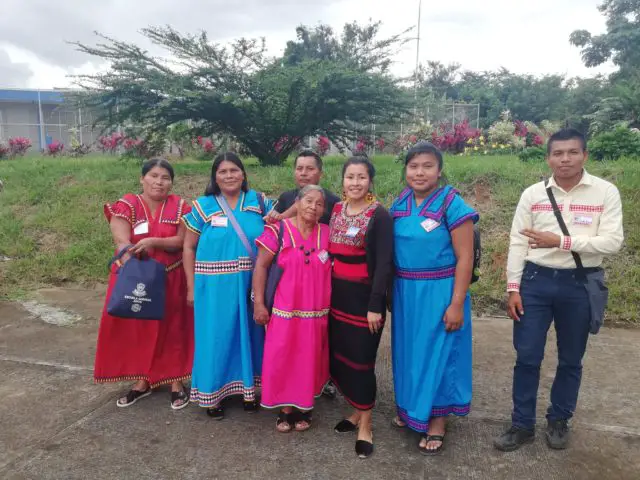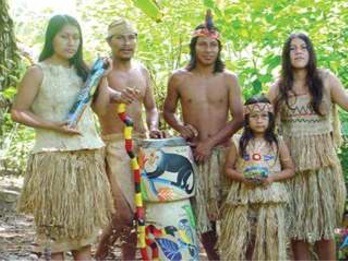
Indigenous peoples are the original inhabitants of each country and in the case of Costa Rica; there are 8 well-defined groups with distinct expressions and cultural manifestations that we will show you in this article.
1. Maleku Tribe
This indigenous tribe is divided into 23 villages, in the last 100 years the population has been declining and today only the Palenques de El Sol, Margarita, and Tonjibe remain, with a total population of approximately 1,000 inhabitants. The Malekus retain their language, have their education system, songs, ways of preparing food and raising children, ancestral dances called napuratengeo and nakikonarájari; and still today they continue to bury their dead, in an area of their houses, because in the Maleku worldview, the spirits continue to influence them positively.
2. Bribri Tribe
The Bribri is one of the largest tribes that inhabit Costa Rica, it has approximately 17,000 inhabitants within its 4 territories located on both sides of the Cordillera de Talamanca; on the Caribbean slope are the territories Talamanca and Cocles or Keköldi (in the canton of Talamanca) and on the Pacific slope Salitre and Cabagra (in the canton of Buenos Aires). In this indigenous community, its inhabitants offer visitors an insight into their culture and customs, teaching them, for example, how they produce indigenous crafts such as wooden bows and arrows, bags, nets, hammocks, baskets, etc.
3. Cabécar Tribe

It is the second most numerous tribe with almost 14,000 inhabitants within its territories, the Cabécar have occupied very remote areas on both sides of the Talamanca mountain range. Due to its remoteness, this tribe has maintained its almost virgin habitat. That is why they preserve their language and many ancient traditions.
4. Borucas Tribe
Borucas, also known as Bruncas, are found today in the indigenous territories of Boruca and Rey Curré (in the canton of Buenos Aires de Puntarenas) and in communities that were outside of indigenous territories such as Puerto Cortés and Palmar Norte, as well as in the large savannas at the mouth of the Térraba river. The Fiesta de los Diablitos is the most representative aspect of the Boruca indigenous identity and culture. This tradition, whose origin dates back to colonial times, is a procession that lasts three days. It takes place from December 31st to January 2nd.
5. Terraba or Teribe Tribe
It is located in the canton of Buenos Aires, Puntarenas province, in Térraba and other hamlets of the Boruca-Térraba Reserve. Among the crafts of this group, the making of balsa and cedar wooden masks stands out. They build large and beautiful baskets, which are called javas; they are characterized by having a triangular bottom and a round top. In addition to making musical instruments such as drums, maracas, and flutes.
6. Chorotegas Tribe
They were the largest pre-Columbian ethnic group in Costa Rica. Historically they have been located in the province of Guanacaste and part of Puntarenas. Dances, music, and food are among the legacies of the Chorotega indigenous people. They inhabit the indigenous territory of Matambú and surrounding communities (Nicoya and Hojancha cantons). They are famous for their pottery, which reached its splendor in the pre-Columbian period.
7. Huetares Tribe

They are the indigenous people that are closest to the Central Valley, they are found in two territories: Quitirrisí (Mora canton) and Zapatón (Puriscal canton). Its traditions include musical interpretation through the marimba and maracas, the production of chicha beverage, and knowledge of medicinal plants, the latter area in which they stand out brilliantly.
8. Ngöbes Tribe
The population of this tribe is estimated to be 5,600 people that are located in the South Pacific. The Ngöbe people are originally from Panama. The practice of their language remains intact in all the territories and communities, differentiating two languages, Ngöbe and Bugle. Women of this ethnic group are the only ones in the country who still keep their traditional costumes in daily life. This consists of wide, plain colored nightgowns with geometric applications on the chest and sleeves, some handmade and others made with sewing machines.


